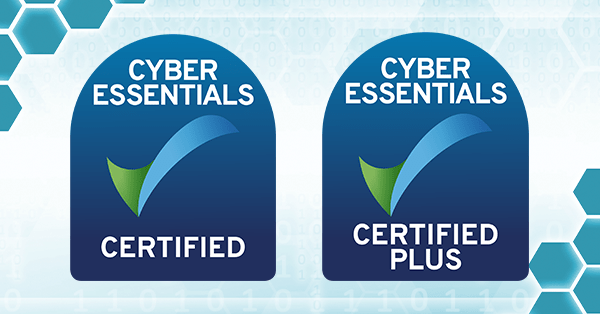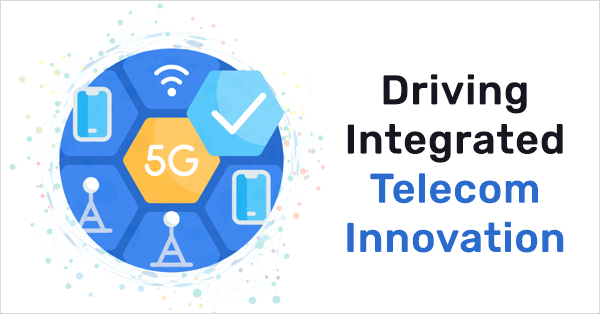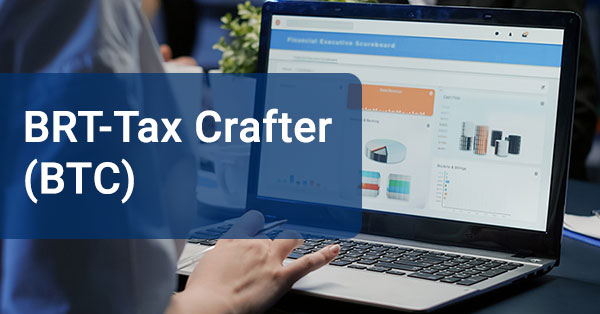Introduction
Remember the days of history “BC” ? No, not “Before Christ” but “Before ChatGPT!” Those were the times when businesses focused on automation, using inbuilt AI to, for example, help determine the next best action during customer interactions.
We’ve now entered a new era, the age of “AD” – “After Disruption” In this new age, we have the perfect combination of generative AI, like ChatGPT, and low-code workflow automation platforms, such as Pega, to create autonomous enterprises that take care of routine tasks in a fully automated way, accelerate business agility by using AI to make better decisions, ultimately allowing their people to increase focus on more rewarding innovation work and elevated customer experiences.
In this article, we discuss the benefits of integrating these technologies and suggest measures that businesses can use to track progress on the journey to becoming an autonomous enterprise.
The Potential of Generative AI with Low-Code Workflow Automation
Imagine a world where employees are no longer bogged down by mundane or repetitive work. That’s the potential of integrating generative AI and low-code platforms into the organisation. A simple example – a hyper-intelligent chatbot that is indistinguishable from a human, pretty much eliminating the need for a dedicated live chat, also getting through more interactions in less time. The result – a significant boost in productivity, and maybe even happier customers ! By upping efficiency with these technologies, organisations get more work done – faster and cheaper.
Taking this a step further – the combination of generative AI and low-code platforms makes business agility easier. Imagine being able to respond more quickly to evolving customer needs, the market, or other factors. Here, the AI helps by analysing lots of data in real-time to provide recommendations on what to do, then you implement what’s needed using the power of the low-code platform without coding or technical expertise. These businesses quickly respond and adapt to whatever the market throws at them, setting them apart from competitors – the definition of agile.
After having realised the benefits of streamlining work and driving true agility, organisations can allow more of their talent to focus on innovation and creation e.g. creative problem solving or coming up with new ideas to pro-actively drive the business forward, things that humans do best. By automating work that can be, and giving employees the gift of time, businesses will create a culture that fosters innovation.
Measuring the Journey to Autonomous Enterprise Success
To gauge the effectiveness of implementing generative AI and low-code workflow automation platforms, businesses could try to measure the following:
-
Efficiency Gains – time saved on routine tasks and the increased productivity of employees.
-
Agility Speed – how quickly the organisation responds to changing market conditions and customer needs.
-
Employee Satisfaction – survey to ensure the shift to an autonomous enterprise is directly impacting employee positivity.
-
Innovation – the number of generated and qualified new ideas and the conversion rate of implementing them
Conclusion
The integration of generative AI with low-code workflow automation platforms will help unlock the full potential of organisations to focus on efficiency, business agility and innovation. Having a way of measuring these will help organisations understand progress and adjust accordingly to achieve enterprise goals.
* This article is a commentary based on https://www.pega.com/technology/autonomous-enterprise
-by Arun Malhotra, Head of Client Services






